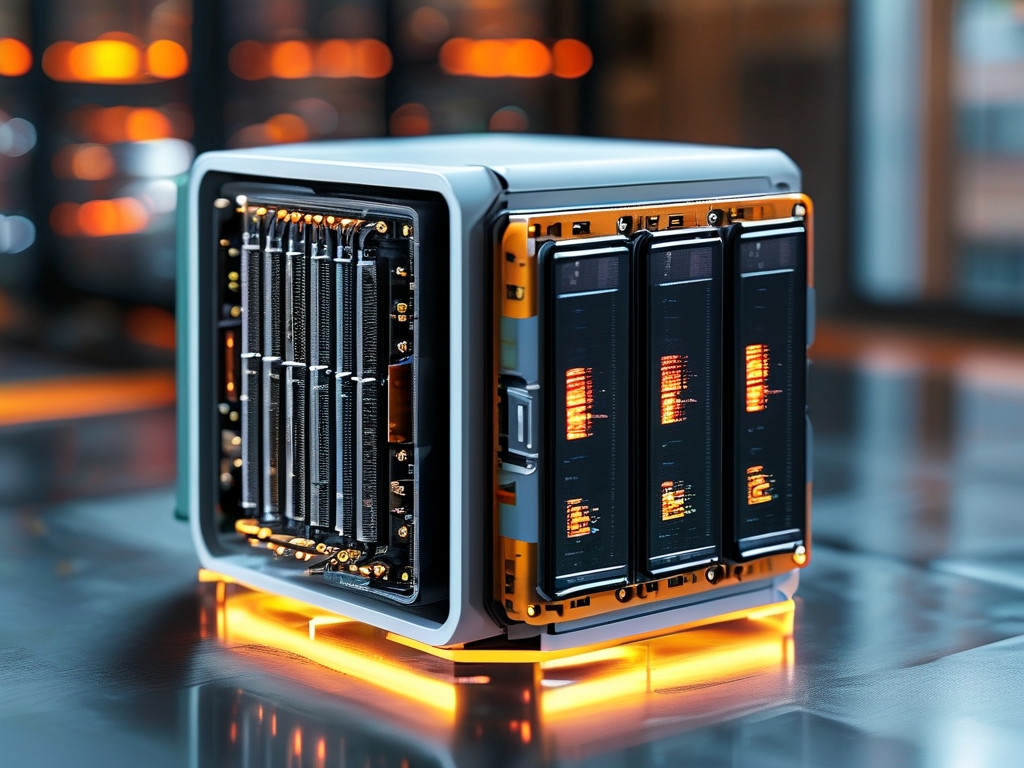The rapid evolution of embedded module development has positioned specialized companies at the forefront of technological advancement. These firms design compact, high-performance computing systems that power everything from smart home devices to industrial automation tools. Unlike generic hardware manufacturers, embedded module development companies focus on creating tailored solutions that integrate seamlessly with specific applications, balancing power efficiency, processing speed, and cost-effectiveness.

Driving Forces Behind Embedded Module Innovation
One critical trend shaping the industry is the growing demand for IoT-enabled devices. Embedded modules now serve as the backbone of interconnected systems, enabling real-time data processing in smart cities, healthcare monitoring equipment, and agricultural sensors. For example, a temperature sensor in a precision farming setup relies on embedded systems to transmit analytics to cloud platforms while operating on minimal energy.
Another catalyst is the rise of edge computing. By processing data locally rather than relying solely on centralized servers, embedded modules reduce latency and enhance security. Automotive companies, for instance, use custom-designed embedded controllers to enable autonomous driving features, where split-second decision-making is non-negotiable.
Technical Challenges and Breakthroughs
Developing these modules isn’t without hurdles. Engineers must reconcile conflicting priorities: optimizing power consumption without sacrificing performance, ensuring compatibility across diverse operating systems, and meeting rigorous industry certifications. A recent breakthrough involves hybrid architectures combining FPGA (Field-Programmable Gate Array) flexibility with ASIC (Application-Specific Integrated Circuit) efficiency. This approach allows developers to reconfigure hardware logic post-deployment, a game-changer for adaptive industrial robots.
Security remains a top concern. Embedded modules in critical infrastructure—like power grids or medical devices—require robust encryption protocols. Companies like SecureEdge Technologies now integrate hardware-based secure elements directly into modules, isolating sensitive operations from the main processor to thwart cyberattacks.
Case Study: Smart Home Integration
Consider the development of a voice-controlled HVAC system. An embedded module developer might use a multi-core processor to handle simultaneous tasks: voice recognition, environmental data analysis, and wireless communication. Code snippets like the one below illustrate how sensor data is processed:
void updateThermostat(int tempSensorData) {
int targetTemp = calculateOptimalSetting(tempSensorData);
if (currentTemp != targetTemp) {
adjustHVAC(outputPins, targetTemp);
}
}
Such implementations highlight the balance between software sophistication and hardware constraints.
Sustainability in Design
Leading firms are adopting eco-conscious practices, such as using recyclable materials for module casings and implementing energy-harvesting techniques. Solar-powered embedded sensors in remote weather stations exemplify this shift, operating for years without battery replacements.
The Road Ahead
With 5G and AI convergence accelerating, embedded modules will increasingly incorporate machine learning accelerators. Imagine traffic management systems where embedded AI predicts congestion patterns and adjusts signals in real time. Companies investing in RISC-V open-source architectures are also gaining traction, offering customizable alternatives to proprietary chip designs.
In , embedded module development companies aren’t just building hardware—they’re engineering the invisible frameworks that make modern technology intelligent, responsive, and secure. As industries continue to demand smarter and more connected solutions, these specialized firms will remain pivotal in shaping our digital future.









